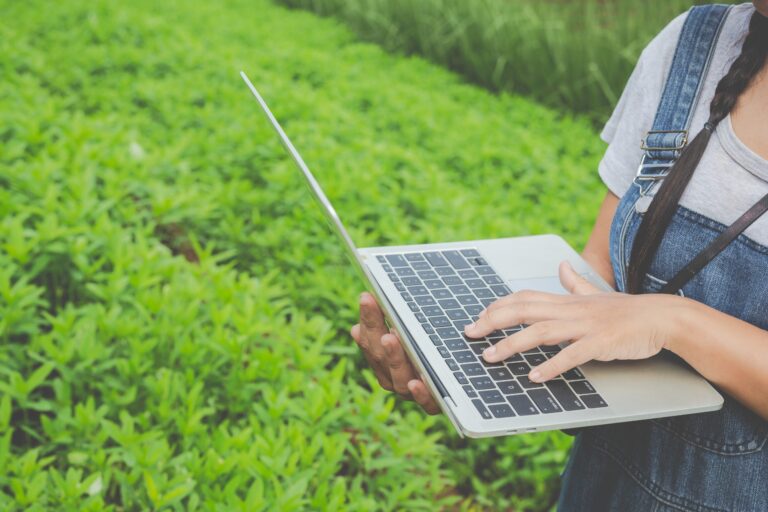Intel Farming
Use nature as a trusted guide to unleashing the possibilities to improve the productivity and efficiency in agriculture and produce healthier better food
Empower breeders, farmers, associations, and food manufacturers and with it our retailers and consumers to deliver nutritiously and a portion of better food to you.

forming support

using ML/AI in agriculture

use of technology in agriculture

logistics support

analytics use in agriculture

support quality food

retail services

consumer support

Utilization of Artificial Intelligence in Agriculture
We are trying to bring a revolutionary change in the agricultural world with machine learning and artificial intelligence. Through AI, we are creating new ways of accelerating reproduction by enabling more accurate and shorter reproduction cycles, which will prove to be a GPS for plant scientists and breeders, through which we can process plant growth. Can easily guess.
Why? Use of Internet of things (IoT) in Agriculture
We are increasing the rate of agricultural growth through IoT technology and by this, we are helping to increase crop yield, where it is seen that a big problem is coming from me today is the decline in labor. This problem is also solved by IoT. As a result of the declining agricultural task force, to reduce the need for manual labor, agricultural practices have started adopting internet connectivity resources through which smart farming today based on IoT technologies works to the cost of producers and farmers, and fertilizers. Builds capacity to increase productivity from volume to use for travel to farm trains and from fertilizer to water power etc. enable us to use resources in agricultural technologies IoT specialized equipment, wireless We use connectivity software and IT services. We are taking a lead role in making agricultural operations automated and smart through all these technologies.



We use sensor system technology for farming. This sensor provides information about light, temperature, soil moisture, crop health, etc. and through this technique, we can operate the irrigation system. We automate excessive farming activities through sensors, for which we do not require workers and we also get rid of wasteful expenses and through this technology you can monitor your farming from anywhere and If there is any problem in farming, inform us immediately, then in this way you can understand how smart and fast you can use your IoT.
cloud technology
In the agricultural world, we are engaged in using AI and cloud technology to make a long, expensive process that often comes with business easier and faster, and in this way, we can say cost reduction and more accessibility. We are building plants that are highly productive with highly nutritious and better tasting. We can improve stability by breeding plants capable of doing more with less. In the process, we are able to improve the taste and texture better. Is able to Breeds that develop products quickly and take off in business and reach the market quickly.

Advantages of Smart Farming: How IoT Shaping Agriculture

Climatic Condition Monitoring
Located in the area, they tend to collect various data from the environment and send it to the cloud. Providing access to measurements made climatic conditions map, choose the appropriate crops and their potential (precision farming) can be made to take all necessary measures to improve.

Greenhouse Automation
Usually, manual use of interventions to control farmers greenhouse environment. Using IoT sensors enables them to get accurate real-time information on greenhouse conditions such as light, temperature, soil conditions and humidity.

Crop Management
Another type of IoT product in agriculture and another element of precision farming are crop management tools. Like weather stations, they must be placed in the field to collect data specific to crop cultivation; Ranging from temperature and rainfall to leaf water potential and overall crop health.

Smart Drones
Drones are better than airplanes and satellites for collecting agricultural data. In addition to monitoring capabilities, drones can perform a large number of tasks that previously required human labor: sowing crops, fighting pests and infections, agricultural spraying, crop monitoring, etc.

Predictive Analysis for Smart Farming
The use of data analytics makes farmers understandable and comes up with important predictions: harvest time, risk of diseases and infections, yield yield, and so on.

End-to-end farm Management System
A more complex approach to IoT products in agriculture can be represented by so-called agricultural productivity management systems. They typically include agricultural IoT devices and sensors installed on campus as well as a powerful dashboard with analytical capabilities and in-built accounting / reporting facilities.
